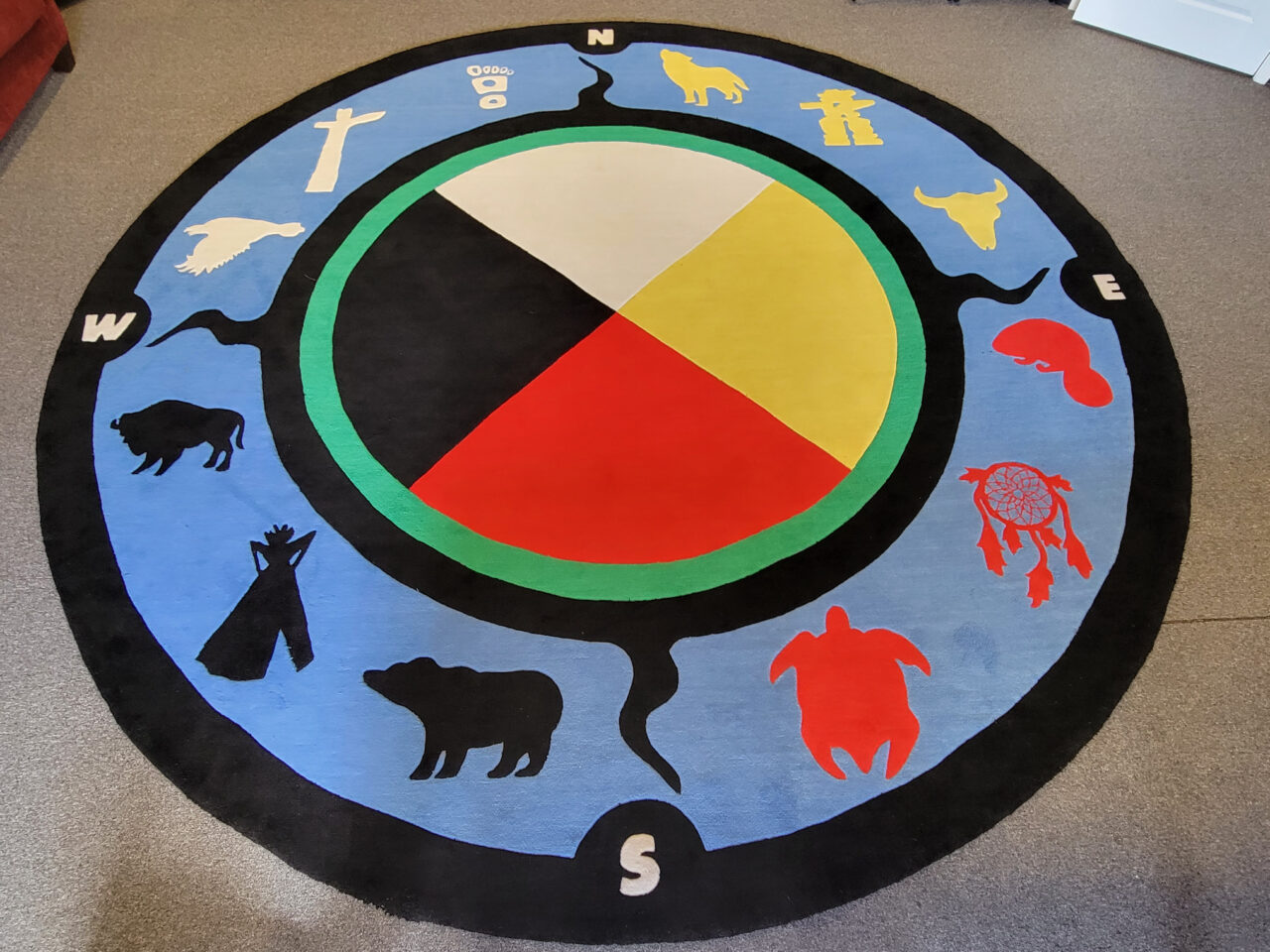An ancient rite of purification, the Indigenous Sweat Lodge ceremony stands as both an independent ritual and a precursor to other sacred ceremonies like the Sun Dance. Meticulously selected, the site for the lodge holds significant importance. A fire-pit is carefully excavated, where specifically chosen rocks, ranging from 25 cm to 50 cm in size, retain heat for an extended duration. In the center of the chosen spot, a pit is dug to house the hot rocks during the ceremony.
Crafting the lodge involves bending supple saplings into a dome shape, symbolizing the womb of Mother Earth in many Indigenous cultures. These saplings are then enveloped in layers of blankets, sometimes covered by canvas tarps (traditionally furs and bark were utilized). Typically facing east, the lodge opening signifies a new beginning. As the ceremony commences, an individual remains outside to tend to the heated rocks, placing them into the central pit throughout the proceedings.
Scheduled often in the late afternoon and occasionally extending into dawn, the ceremony presents two variations: one utilizing only heated rocks, while the other involves pouring water onto them, both inducing sweat. Participants disrobe or wear minimal clothing as the rocks reach optimal temperature. The host leads the entry into the lodge, followed by others in a hands-and-knees posture, forming a circle around the central pit.
Once inside, the fire-tender gradually introduces heated rocks into the pit, their number ranging from sixteen to sixty-four, each placement and quantity holding ceremonial significance tailored to the needs of the specific Indigenous group. Following prayers led by the host, participants offer their own prayers during this introspective time. Exiting briefly to prevent overheating, participants re-enter, repeating the process up to four times based on individual needs.
Upon completion, well-wishes for a prosperous life are exchanged amongst participants. Traditionally, the host’s family often hosts a post-ceremony feast, further cementing communal bonds and expressions of gratitude.


